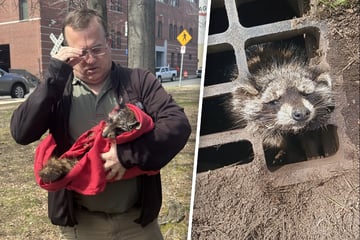What to expect when your cat is expecting
How can you tell if your cat is pregnant? What should you expect when your feline friends is expecting? And where is the best place for the little kittens to be delivered?
TAG24 has all the answers to a cat owner's most important questions!
1. How do I know if my cat is pregnant ?

If you suspect that your cat is pregnant, it's time for a visit to the vet. The first signs of pregnancy are a slight swelling of the teats, which typically also turn pink.
A pregnant cat's belly will naturally grow larger and she can gain three to four pounds in weight over time. During the course of the pregnancy, her back will also start sagging. At this point, it's hard to miss the signals.
As with humans, nausea and throwing up are a common feature of feline pregnancies.
However, it's important to double-check with your vet. Increased appetite and noticeable weight gain can also be symptoms of an illness – only a professional will be able to give a definitive answer.
2. When can my cat become pregnant?
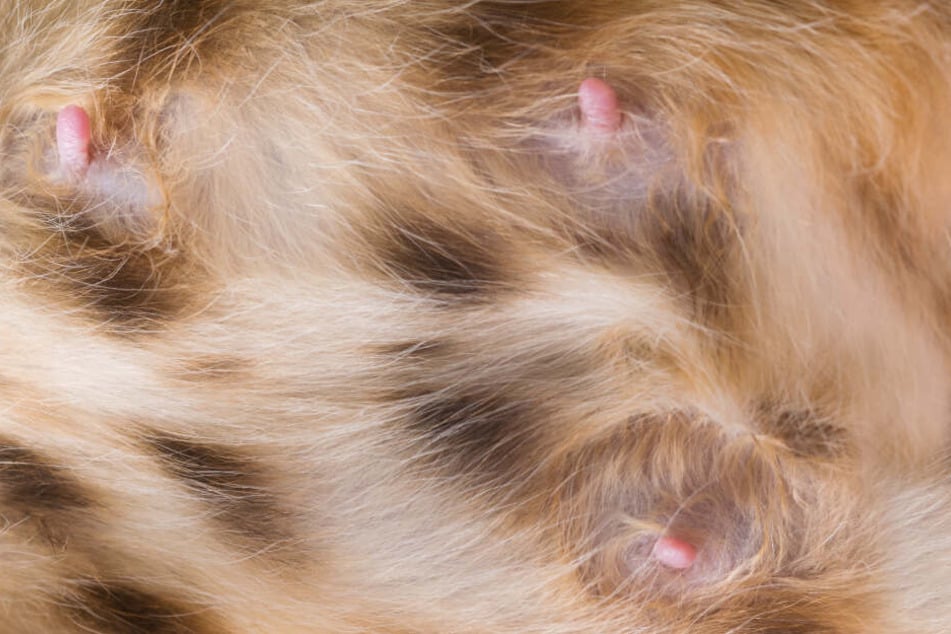
A cat can get pregnant as soon as it becomes sexually mature. The age of maturity depends on the breed.
Some female felines are ready for mating as early as the age of four months, others need a full year to reach that stage.
Sexually mature cats that haven't been spayed go in heat every two to three weeks.
Their hormones go crazy and your pet can turn into a restless and noisy ball of fur.
Driven by an instinctive desire to mate, she is searching for a suitable partner.
3. What does my pregnant cat need?
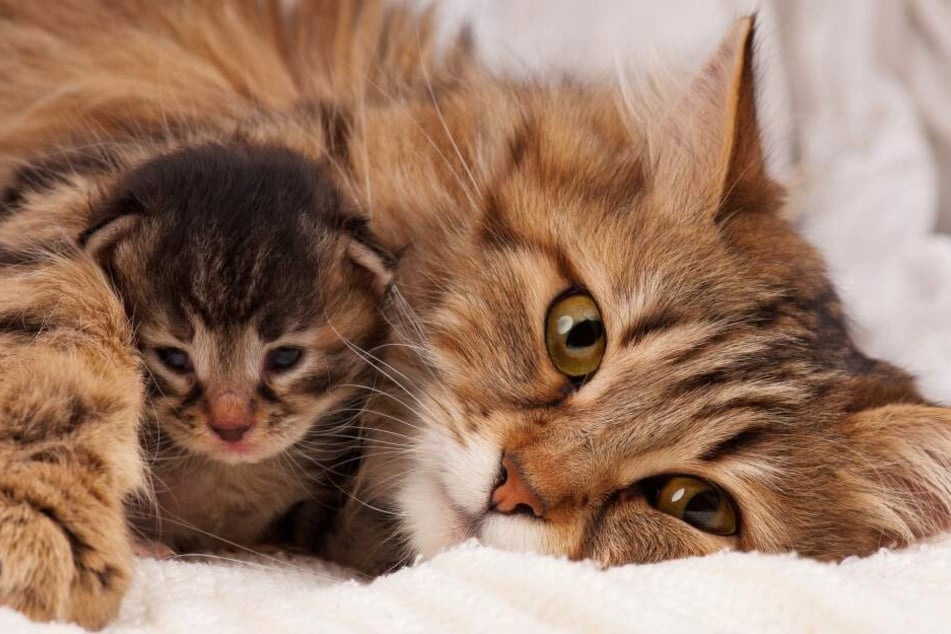
Having buns in the oven will make a cat's tummy very sensitive, so it's best to avoid lifting your pregnant pet by the belly. This helps to protect her unborn kittens.
More than anything, an increased portion of love and attention should be on the menu.
Throughout her entire pregnancy, the cat should be able to move around freely, but jumping from big heights and stressful confrontations with other cats are a big no-no.
Not least of all, the fluffy mother in waiting needs the best food with high-quality nutrients and vitamins the increased demand for energy.
4. How long will my cat's pregnancy last?
A pregnant cat carries her kittens for about 58 to 67 days. The length of the pregnancy also depends on the breed and size. Starting with the third week, the babies are visible on an ultrasound.
5. How many kittens can I expect?
A cat's first litter will usually consist of two to three kittens. Subsequent pregnancies can lead to between three and six offspring, in some cases even more. House cats can get pregant up to three times a year.
6. How do I tell when my cat is ready to give birth?
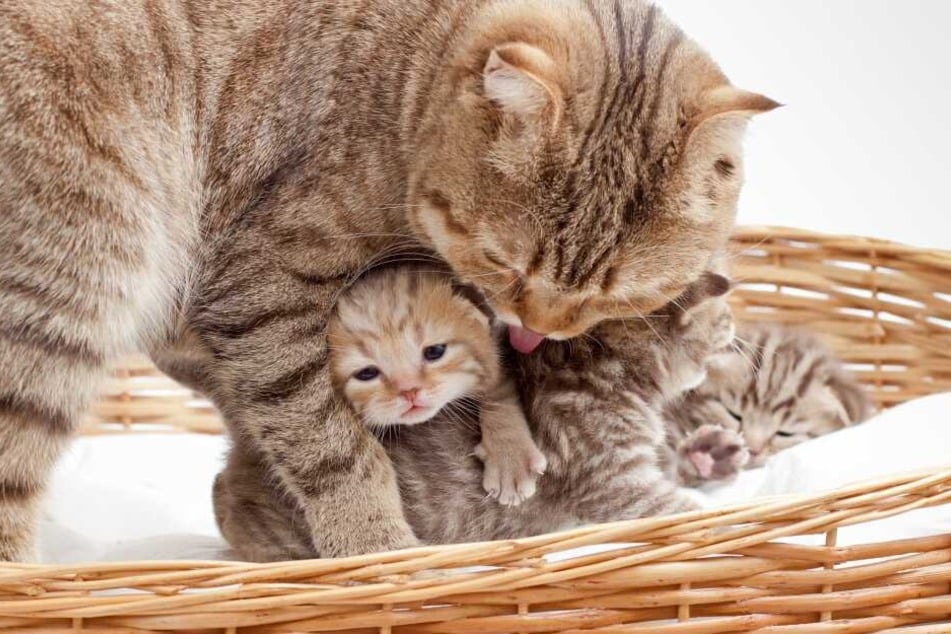
Is your cat restlessly pacing around the home, unable to sit still for a moment?
Then she might be looking for the right spot to deliver her kittens. In nature, pregnant felines retire to a quiet and safe place when it's time to give birth.
5 more signs that the birth is imminent:
- reduced appetite
- increased thirst
- release of the mucus plug
- discharge
- confused behavior
You can help out your fluffy friend by providing her with a nice cuddly box , lined with soft towels and blankets.
No matter where your cat chooses to settle down, the important thing is that the kittens come into the world feeling comfortably warm, in a safe and clean place.
7. What can I do to help my cat through the birthing process?
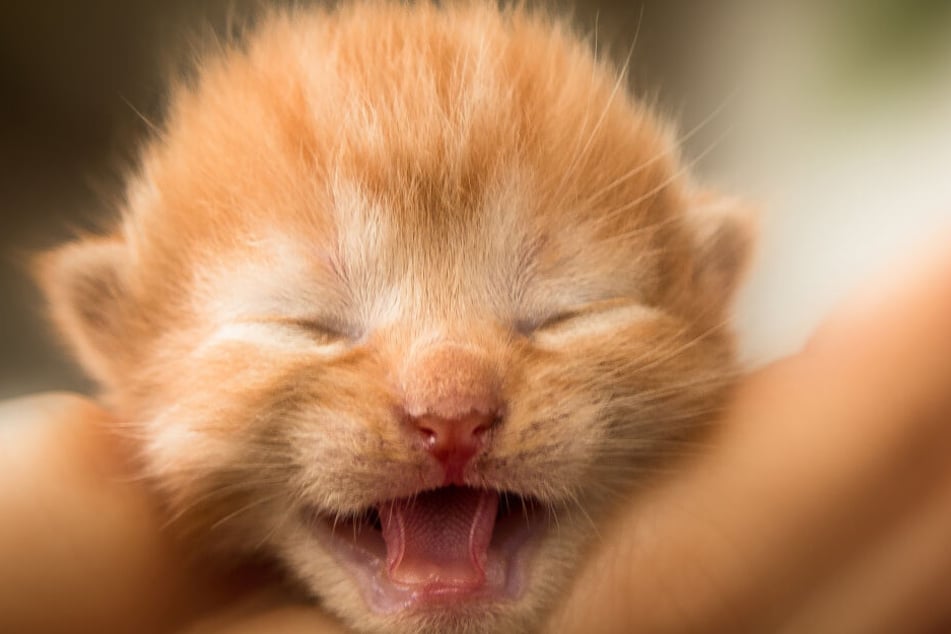
Domestic cats can count on impeccable instincts and they know how to handle this stage in the circle of life.
Once the kittens are born, their mother will bite through the umbilical cord and clean off the afterbirth.
Newborn kittens have to be kept nice and warm, as they cannot maintain their own body temperature yet.
It's important to count the number of placentas to make sure that there's one for every kitten delivered. In case of any complications, have your vet's phone number handy.
You can make things easier for your cat by ensuring she has everything she needs, such as food and the litter box, close by. That way, the new mom doesn't have to leave her babies' side for too long.
In any case, it's vital to keep an eye on the birthing spot so that the furry family can get all the support it needs to thrive.
Cover photo: Bildmontage: 123rf.com/Anurak Ponapatimet

